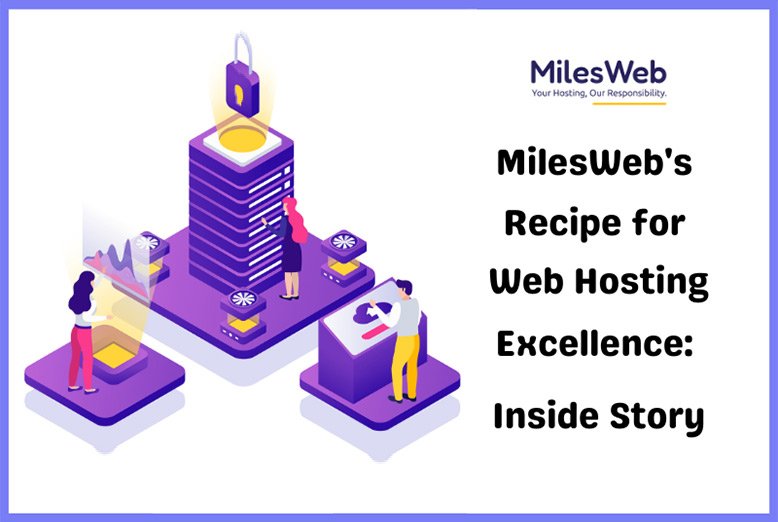Optimizing cloud security is essential for modern enterprises as they increasingly depend on cloud services for data storage and application deployment. Robust security measures are crucial to protect sensitive information and ensure operational integrity. Here are some best practices for enhancing cloud security in contemporary businesses.
1. Implement Strong Identity and Access Management (IAM)
Effective Identity and Access Management (IAM) is incredibly important for cloud security. You can ensure that only those with the right permissions can access sensitive data and applications by implementing multi-factor authentication (MFA) for an added layer of security. Use role-based access control (RBAC) to limit user access to only the resources needed for their job functions. Regularly review and update access permissions to prevent unauthorized access.
2. Encrypt Data at Rest and in Transit
Data encryption can protect sensitive information from unauthorized access. Encrypt data at rest (stored data) and in transit (data being transferred). Use industry-standard encryption protocols and regularly update encryption keys. Ensure that cloud service providers offer robust encryption methods and manage keys securely.
Implementing an email archiving solution ensures that encrypted email communications are securely stored and easily accessible for retrieval when needed.
3. Regularly Update and Patch Systems
Keeping cloud systems and applications updated is vital to protect against vulnerabilities. Apply security patches and updates as they become available to operating systems, applications, and other software components. Automated patch management tools can help streamline this process and ensure that updates are applied consistently across the cloud environment.
4. Monitor and Log Cloud Activity
Continuous monitoring and logging of cloud activity are vital for detecting and responding to security threats in real time. Implement comprehensive logging to track user activities, access logs, and system changes. Use security information and event management (SIEM) tools to analyze logs and identify suspicious activities. Regularly review these logs to ensure compliance with security policies and detect potential breaches early.
5. Implement Cloud-Native Application Protection Platform (CNAPP)
A CNAPP integrates multiple security tools and functionalities into a single, unified platform, offering comprehensive protection across the entire cloud environment. This includes application security, workload protection, and data security.
6. Conduct Regular Security Assessments
Regular security assessments and audits are crucial for identifying vulnerabilities and ensuring compliance with security standards. Conduct penetration testing and vulnerability assessments to gauge the effectiveness of your security measures. These evaluations help identify gaps, allowing you to implement corrective actions promptly.
7. Implement a Robust Backup and Disaster Recovery Plan
Data loss and system downtime can severely impact business operations. To ensure business continuity, implement a robust backup and disaster recovery plan. Regularly back up critical data and store these backups in geographically diverse locations. Periodically test disaster recovery plans to verify their effectiveness in responding to incidents.
8. Educate and Train Employees
Human error frequently contributes to security breaches. Educate and train employees on cloud security and, particularly, the importance of following security policies. Regularly conduct security awareness training to keep employees fully updated on the latest threats and safe practices. Foster a culture of security mindfulness throughout the organization.
9. Adopt a Zero Trust Security Model
The zero-trust security model operates on the principle that no entity, whether inside or outside the network, should be trusted by default. Implementing Zero Trust involves verifying the identity of users, devices, and applications before granting access to resources. Continuous monitoring and validation help ensure that only legitimate, secure requests are processed.
10. Choose Reputable Cloud Service Providers
Select cloud service providers that prioritize security and compliance. Evaluate their security measures, certifications, and compliance with industry standards. Ensure that the providers offer comprehensive security features and support necessary for your enterprise’s specific needs.
Conclusion
Optimizing cloud security requires a multifaceted approach that encompasses strong identity management, data encryption, regular system updates, continuous monitoring, and employee training. By implementing these best practices, modern enterprises can enhance their cloud security posture, protect sensitive data, and ensure the reliability and integrity of their cloud-based operations. As the cloud environment evolves, staying vigilant and proactive in adopting advanced security measures will be essential for safeguarding against emerging threats.
Also Read; Symantec and Fortinet partnership for cloud security




















